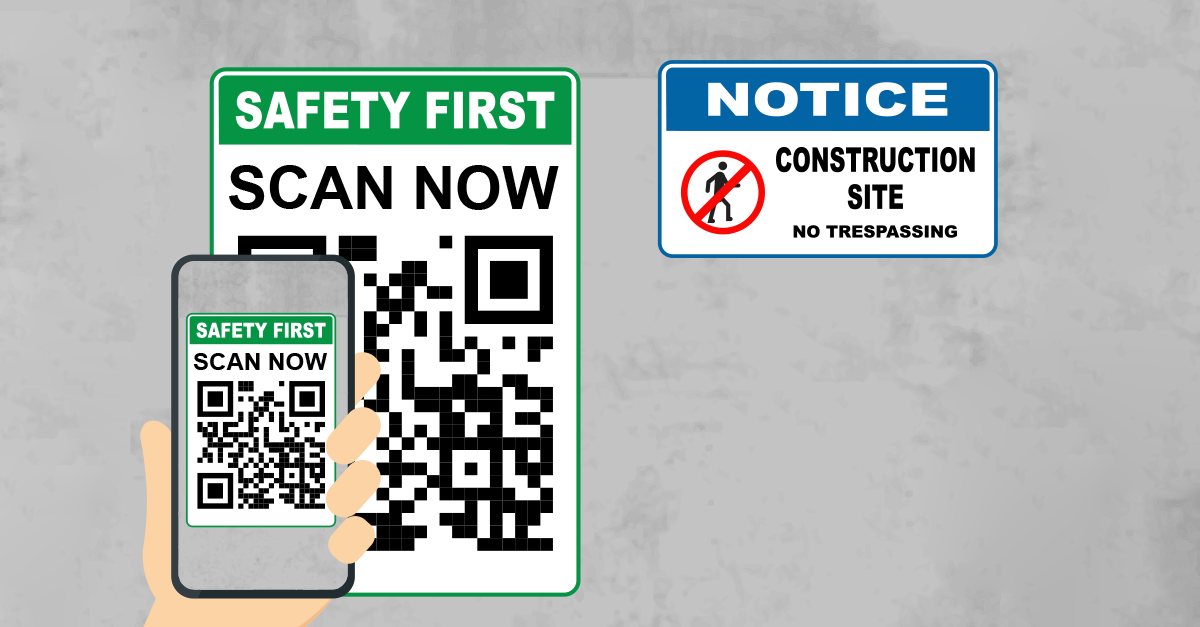
A Comprehensive Guide to Confined Spaces Safety
Seasoned safety pros and newly-appointed novices can benefit from these great tips for becoming a better EHS leader. William Gibson, a safety specialist for Ohio-based Del-Co Water Company Inc., admits he’s far from being the most seasoned environment,
Trending Posts
Latest Posts
- Health & Safety Management
The Crucial Role of Manufacturing Safety Training in Saving Lives and Increasing Efficiency
Workplace accidents, injuries and fatalities are costly events that are far too common in the manufacturing industry, where environments are fast-paced and full of potential hazards. Ensuring a safe work environment not only safeguards the well-being of...
- Health & Safety Management
How to Manage Truck Driver Fatigue: Ensuring Safety Behind the Wheel
Truck drivers, often regarded as the unsung heroes of the road, are the backbone of road freight and logistics. Their job is to facilitate the transportation of large quantities of heavy goods or materials from suppliers to clients at their designated...
- Industry Trends and Insights
How Technology Can Help You Avoid Construction Accidents
It’s an understatement to say that construction is dangerous work. According to data from the U.S. Bureau of Labor Statistics (BLS), the construction industry records more fatal work injuries than any other sector. Companies and industry experts have long...
- Health & Safety Management
Women in Construction and the Problem of PPE
Women in construction have a difficult relationship with personal protective equipment (PPE). On the one hand, PPE is critical for protecting them against chemical, physical, mechanical and other workplace hazards. On the other hand, PPE that doesn’t...
- Health & Safety Management
Manufacturing Safety in the Post-Pandemic World
The COVID-19 pandemic profoundly impacted the manufacturing industry worldwide. With lockdowns changing the way we work and disrupting purchasing habits, many manufacturers shifted their attention to making personal protective equipment (PPE) for frontline...
- Health & Safety Management
Building a Safer Tomorrow: Challenges and Solutions in Construction Site Safety
On the afternoon of August 24, 2020, a construction worker employed by an electrical contractor was preparing to install a new power line between two utility poles at a Tennessee construction site. The worker threw the guide twine, pulled the cable toward the...












